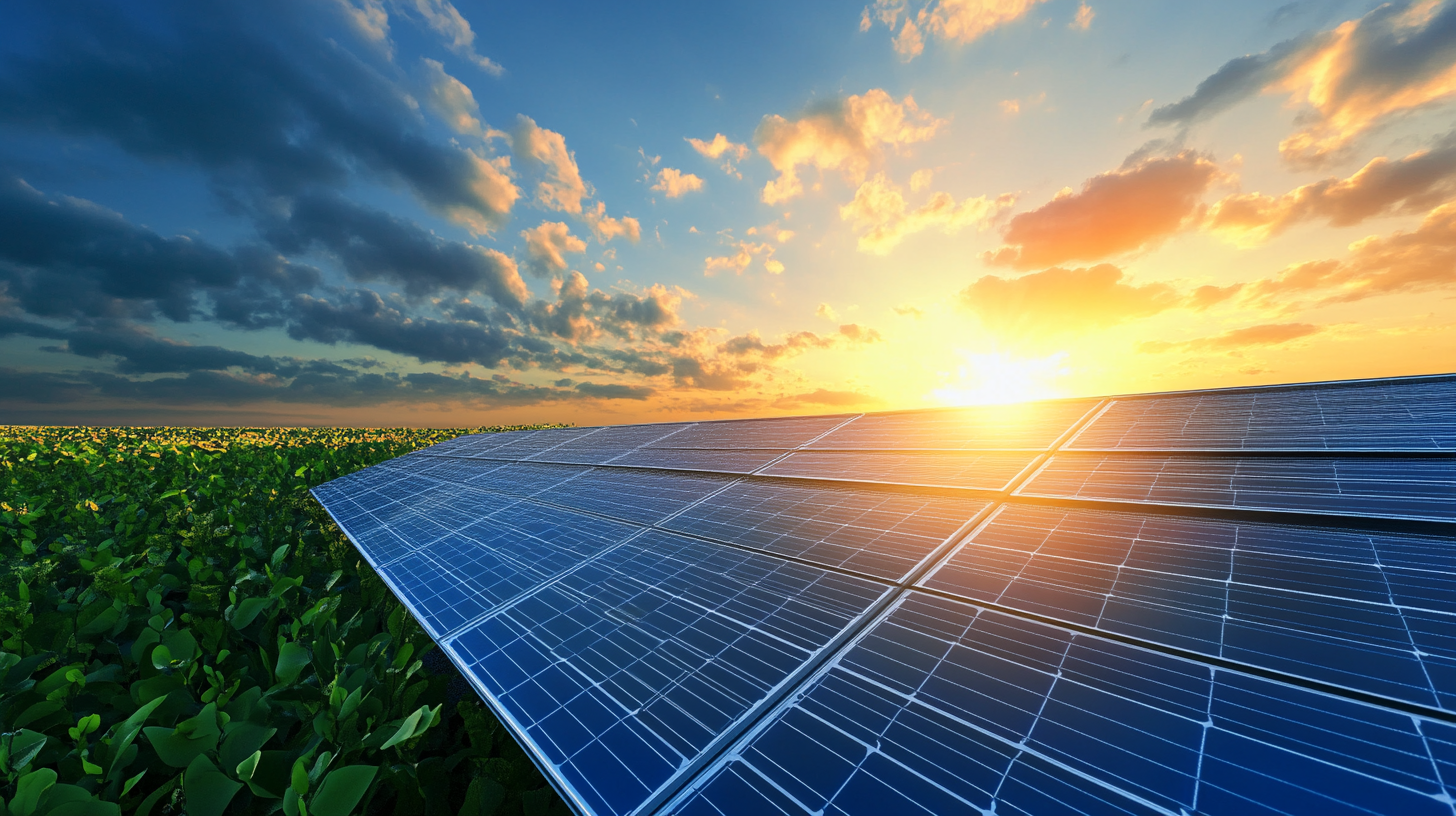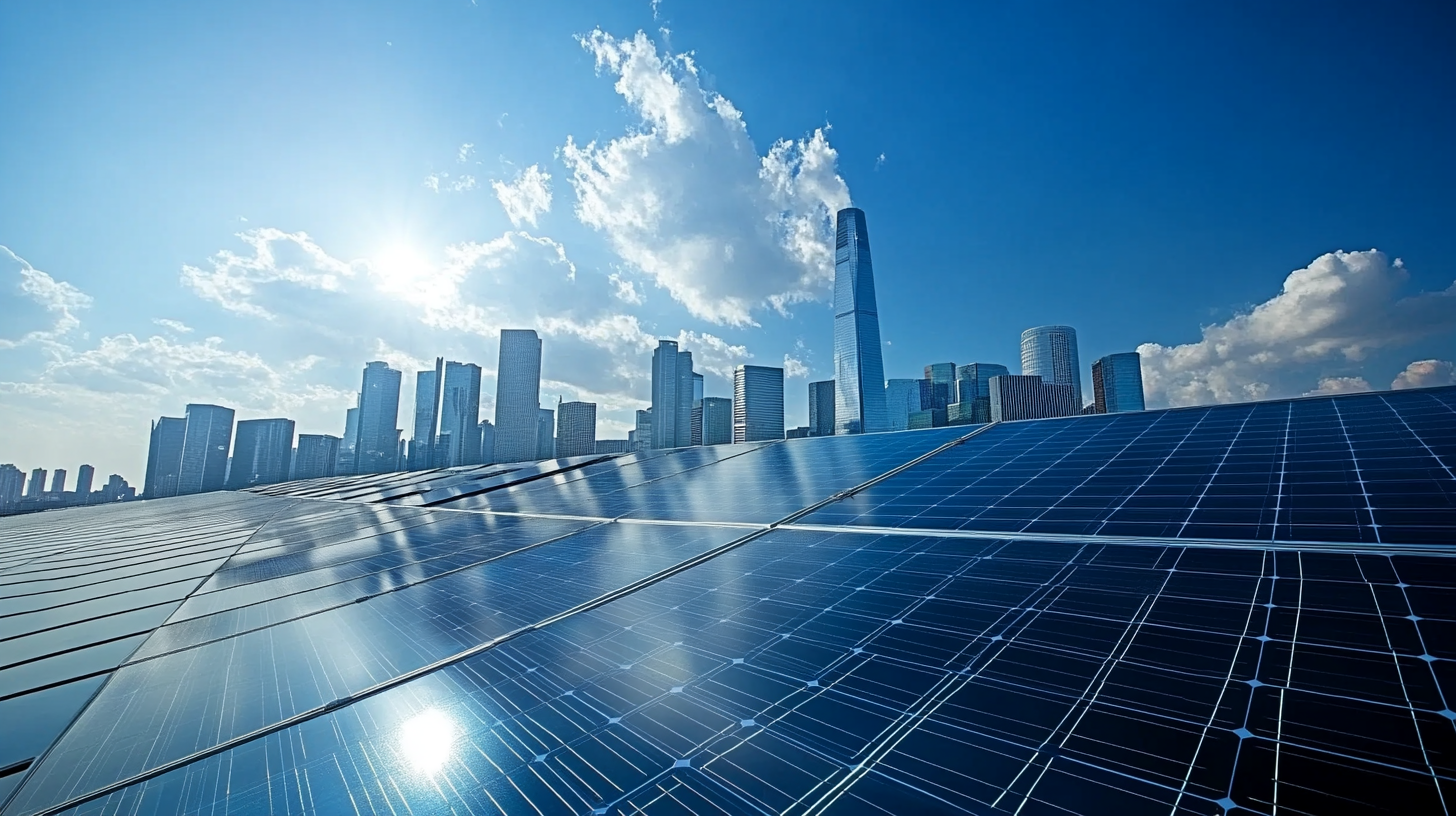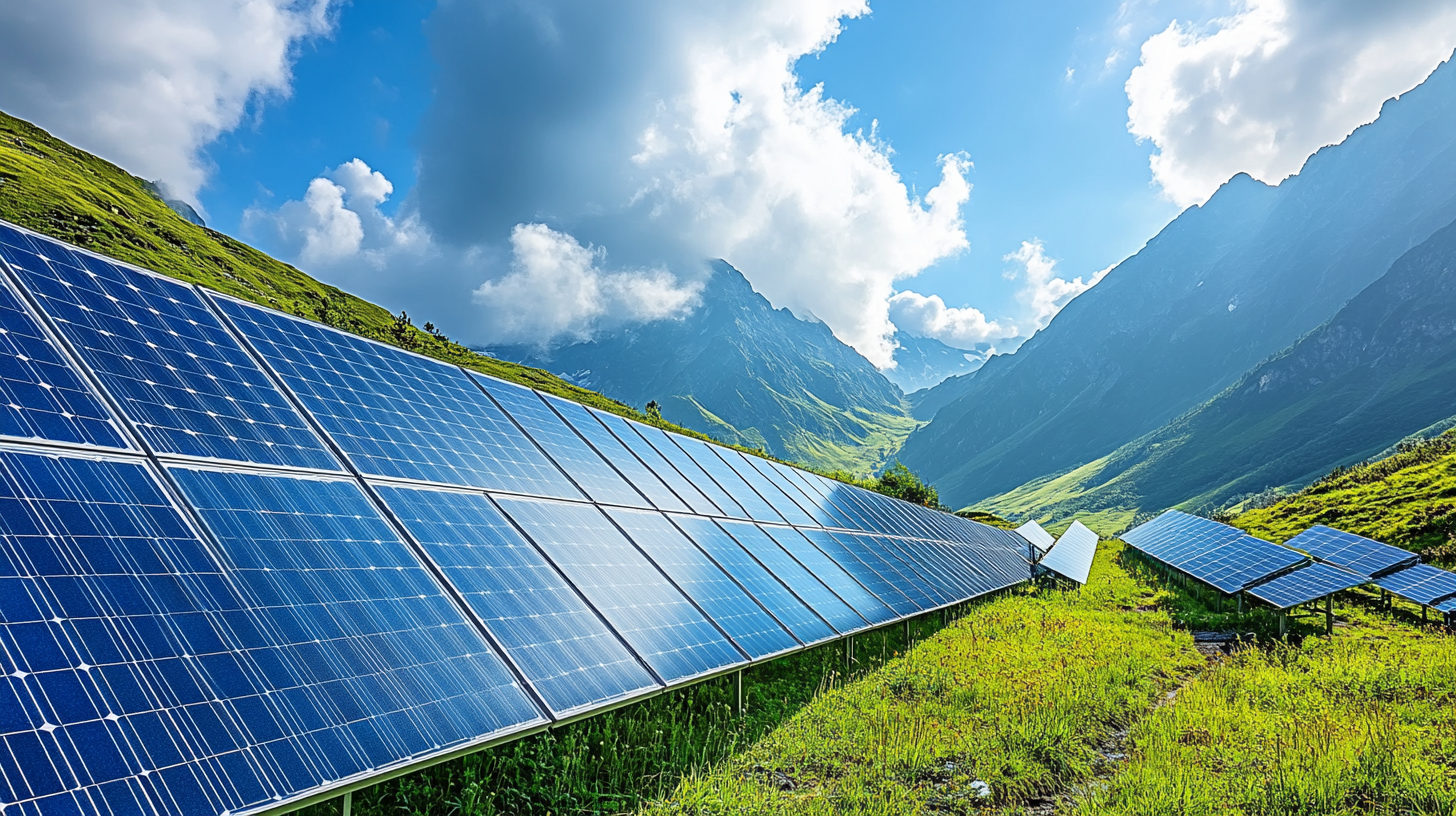
2025 Insights: Innovative Solutions for Achieving the Best Solar Connector Efficiency in Global Markets
As the solar energy sector continues to grow, achieving maximum efficiency in solar connectors has become a focal point for manufacturers and stakeholders globally. According to a recent report by the International Renewable Energy Agency (IRENA), the cumulative installed solar power capacity is projected to exceed 2,800 GW by 2025, necessitating high-performance components to sustain this momentum. The performance of solar connectors is critical, as they directly influence energy transmission and system reliability. Furthermore, the global market for solar connectors is expected to reach $3.5 billion by 2026, driven by the increasing demand for innovative solutions that enhance efficiency. In this blog, we explore cutting-edge industry standards and best practices to optimize solar connector performance, ensuring that stakeholders can effectively navigate the evolving landscape of the renewable energy market.

Innovative Solar Connector Technologies Reshaping Global Market Dynamics
The solar connector market is witnessing transformative advancements, pivotal for enhancing efficiency and performance in the growing solar power sector. As the global solar power market is projected to escalate from $253.69 billion in 2023 to $436.36 billion by 2032, with a compound annual growth rate (CAGR) of 6%, the demand for innovative connector technologies becomes ever more critical. These advanced connectors not only optimize energy transfer but also cater to the expanding installation of solar power systems across various regions.
Innovative solar connector solutions are reshaping market dynamics, driven by the need for higher efficiency and reliability. Technologies such as plug-and-play connectors and smart connectors equipped with diagnostic capabilities are revolutionizing installation processes and maintenance. Industry insights emphasize that these innovations will play a crucial role in the deployment of solar energy systems, thereby addressing the increasing energy demands of urban infrastructures and the electrification trends in various sectors, including electric vehicles, which are slated to further integrate renewable energy sources. This synergy not only propels growth in the solar market but also bolsters the overarching transition to sustainable energy solutions globally.
2025 Insights: Innovative Solutions for Achieving the Best Solar Connector Efficiency in Global Markets
| Connector Type | Efficiency (%) | Temperature Range (°C) | Material Used | Adoption Rate (%) |
|---|---|---|---|---|
| MC4 | 95 | -40 to +90 | PV-DC Polycarbonate | 65 |
| PVST | 92 | -40 to +85 | High Strength Polymer | 50 |
| Amphenol H4 | 97 | -40 to +105 | Thermoplastic Elastomer | 70 |
| SMA Connector | 90 | -30 to +80 | Aluminum Alloy | 40 |
| Power Connections | 93 | -40 to +85 | Copper with UV Protection | 60 |
Key Factors Driving Solar Connector Efficiency in 2025
In 2025, the solar industry is poised for significant advancements in connector efficiency, driven by key factors that are shaping the global market now more than ever. One of the primary elements influencing solar connector efficiency is the ongoing pursuit of materials innovation. Manufacturers are increasingly adopting high-conductivity materials and advanced coatings that enhance the performance and longevity of connectors. This shift not only reduces energy loss but also translates to improved reliability in various environmental conditions, catering to diverse global markets.
Another crucial factor is the implementation of smart technologies in solar connectors. With the rise of IoT and AI-driven solutions, solar installations can monitor connector performance in real-time, allowing for predictive maintenance and immediate troubleshooting. This capability ensures optimal energy output and reduces downtime, a significant concern for solar operators worldwide. As regulations and consumer expectations evolve, the focus on efficiency will drive manufacturers to explore more sophisticated designs and technologies that prioritize sustainability while adapting to the specific needs of different regions.

The Role of High-Quality Chinese Manufacturing in Solar Solutions
As the global demand for renewable energy accelerates, high-quality manufacturing from China plays a crucial role in enhancing solar connector efficiency. According to a report by the International Energy Agency (IEA), the solar market is expected to grow significantly, with solar power generation projected to increase to 8,000 TWh by 2025. This surge in demand necessitates reliable and efficient solar connectors, which are essential for optimal energy transmission. Chinese manufacturers have stepped up to meet this need with cutting-edge technology and stringent quality control processes, resulting in connectors that can operate efficiently in diverse environmental conditions.
Data from the China Photovoltaic Industry Association (CPIA) highlights that over 70% of global solar panels and components are produced in China. This dominance not only stems from cost-effectiveness but also from advancements in materials and production techniques that enhance the durability and performance of solar connectors. For instance, innovations in thermoplastic materials have improved resistance to UV radiation and thermal stress, leading to longer service life and increased energy yield. As international markets continue to seek reliable solar solutions, the emphasis on high-quality Chinese manufacturing will be integral in achieving the best efficiency in solar technology.
2025 Insights: Solar Connector Efficiency by Region
This chart illustrates the solar connector efficiency across various global markets, highlighting the impact of high-quality manufacturing on performance.
Strategies for Enhancing Solar Connector Performance Worldwide
In the rapidly evolving solar energy landscape, enhancing solar connector performance is fundamental to achieving greater efficiency and reliability. One of the primary strategies for improving solar connector performance worldwide is the implementation of advanced materials. Utilizing higher-quality conductive materials can significantly reduce energy loss, while introducing innovative insulating materials can increase durability against environmental factors. These advancements not only enhance the lifespan of connectors but also ensure consistent energy transmission in diverse climates.
Moreover, embracing smart technology in solar connector systems can lead to substantial improvements in functionality. Integrating monitoring systems within connectors allows for real-time performance tracking, enabling proactive maintenance and quick identification of potential issues. Additionally, automated compatibility checks can streamline installations and reduce operational downtime. By focusing on these strategic enhancements, the solar industry can not only optimize connector efficiency but also bolster the overall performance of solar energy systems across the globe, paving the way for a sustainable energy future.

Collaborative Approaches for Sustainable Solar Energy Integration
As the global demand for sustainable energy sources continues to rise, collaboration across various sectors has become crucial for the advancement of solar energy integration. By fostering partnerships between manufacturers, researchers, and policymakers, we can explore innovative strategies that enhance solar connector efficiency and promote widespread adoption. These collaborative approaches not only leverage shared knowledge and resources but also encourage the development of harmonized standards that can streamline technology deployment and reduce costs.
Moreover, engaging with local communities and incorporating their insights into solar projects can lead to more effective solutions tailored to specific regional needs. By establishing networks among stakeholders—including solar developers, environmental organizations, and government entities—we can create a supportive ecosystem that drives technological innovation forward.
Such collaborations can help identify best practices and innovative connectors that boost system performance while ensuring environmental sustainability. Ultimately, these collective efforts will be key in accelerating the transition towards a more resilient and efficient solar energy market on a global scale.
